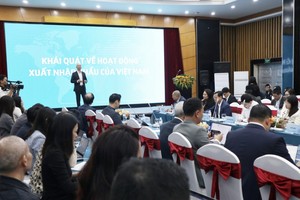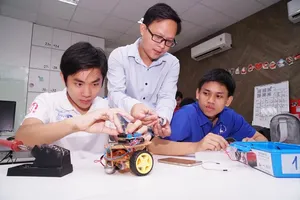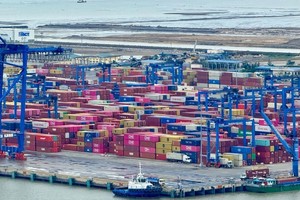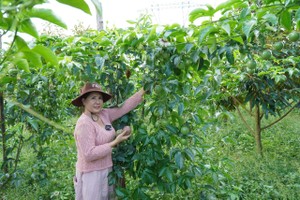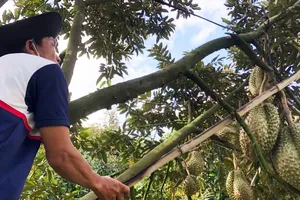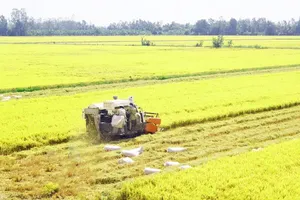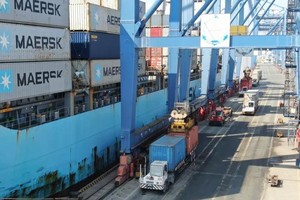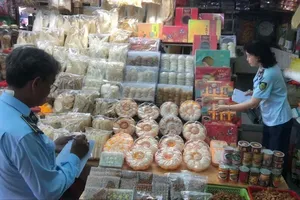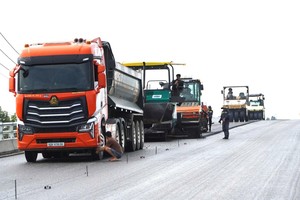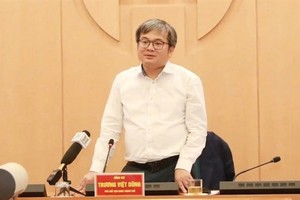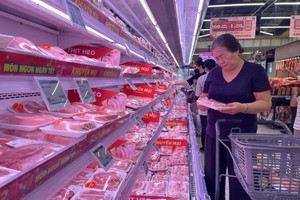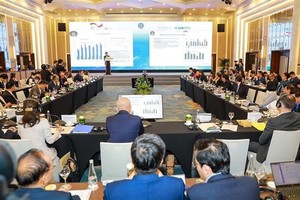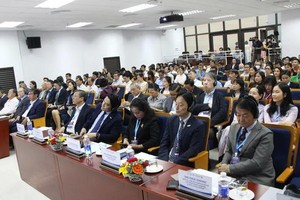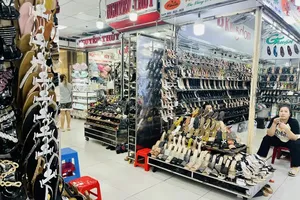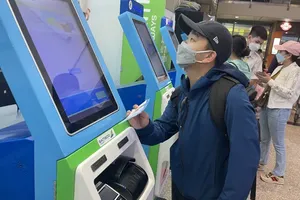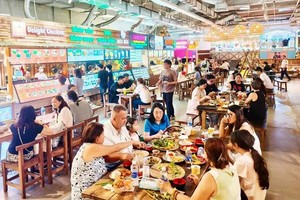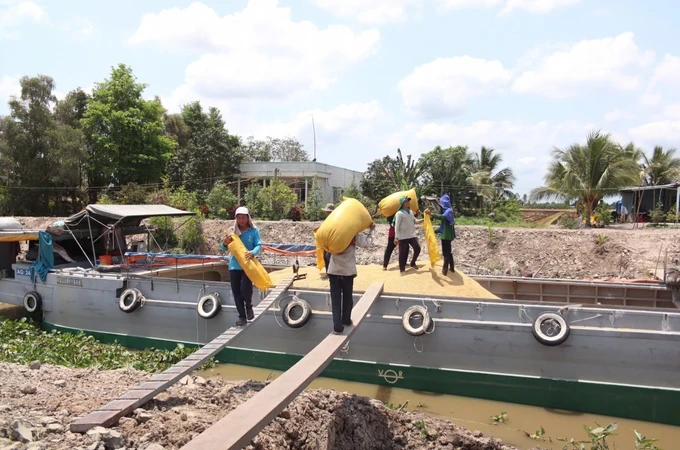
Minister of Agriculture and Rural Development Le Minh Hoan has acknowledged Vietnam’s ongoing difficulties in attracting business investment in the agricultural sector. A key obstacle lies in the lack of stable raw material zones needed to support factory operations.
The connections remain loose. If higher prices are offered, farmers will sell to other traders instead, the minister explained. This instability forces businesses to think twice before committing to factory investments, as crop rotations and shifting cultivation practices such as replacing one crop with another add to the uncertainty.
The minister also noted that the Ministry of Agriculture and Rural Development cannot dictate or forecast exactly how much durian or other crops a locality can or should grow, further complicating long-term investment planning.
In the cashew growing area of Binh Phuoc Province, the income of cashew farmers is VND35 million ( US$1,392) a ha, farmers have started cutting down cashew trees to switch to growing durian. A farmer explained that some people grow durian and earn VND1 billion a ha whereas they have just obtained VND35 million for growing cashew trees in one ha. Therefore, people have cut down cashew trees; as a result, Vietnam has been having to import cashews from West Africa.
To address persistent issues in the agricultural sector, localities must take a more proactive role in connecting production with markets, according to officials. Recent successes in Bac Giang Province with lychee consumption and in Son La Province with longans highlight the importance of local initiative.
In these cases, local leaders played a direct role in marketing agricultural products, helping to bridge the gap between producers and markets. Their efforts proved effective even during challenging economic conditions and periods when export channels faced significant obstacles. This model underscores the need for greater local engagement to strengthen market linkages and ensure sustainable agricultural growth.
Minister of Industry and Trade Nguyen Hong Dien has emphasized the need to promote official export channels as a key solution to addressing oversupply and supporting agricultural product consumption.
In recent months, the Ministry of Industry and Trade has implemented various measures to balance supply and demand, including strengthening export activities and developing domestic consumption channels. With Vietnam’s participation in 17 free trade agreements (FTAs) spanning over 65 countries and territories, opportunities to access international markets have significantly expanded. These agreements provide a valuable platform for Vietnamese agricultural products to reach global consumers and enhance their competitiveness.
Through negotiations and removal of trade barriers, many Vietnamese agricultural products have accessed demanding markets such as the US, EU, Japan and developed countries.
Currently, the Ministry of Industry and Trade is working hard with transport units and localities to reduce logistics costs, improve the transport system and speed up customs clearance for agricultural exports. Although the country has yielded good outcomes, the agricultural sector still faces many challenges such as small-scale production, limited market forecasting ability, and uneven competitiveness of agricultural products.
In the coming time, the Ministry of Industry and Trade will continue to promote the strengths of FTAs, promote negotiations, reduce costs for businesses and boost exports through official channels. The Ministry will focus on supporting localities in planning planting and farming areas, building agricultural product brands, and encouraging linkages in the production chain.
General Director Nguyen Dinh Tung of Vina T&T Company emphasized the importance of post-harvest processing in modern agriculture, noting it as a critical step in enhancing the value of agricultural products.
The director said that post-harvest processing not only increases product value but also minimizes losses during production and preliminary processing. He also stressed the need for a shift in perspective on assets to improve access to capital, which is essential for investing in advanced processing facilities and modernizing the agricultural sector.
When Vietnamese fruits establish a recognized brand on the international market, exporters must focus on collective efforts, according to industry leaders. "Enterprises must work together because once agricultural products cross the border, they are no longer seen as products of Vina T&T Company or companies A, B, or C—they are simply identified as Vietnamese fruits," emphasized Nguyen Dinh Tung, General Director of Vina T&T Company.
He added that when Vietnamese fruits have good brand, favored by other countries, it will facilitate product processing. Supporting processing technology is crucial for the growth of agriculture, but access to capital remains a significant hurdle for farmers. According to the Vice President of the Vietnam Fruit and Vegetable Association, agricultural lands during their business cycle often have many valuable assets built or invested on them such as shade houses, trees. However, banks currently do not accept these assets as collateral for mortgage loans.
'I have proposed to the State Bank that investments made on agricultural land should be recognized as assets eligible for mortgages', said the Vice President. This policy change would enable farmers to secure the necessary capital for investments, such as advanced processing technology, which is essential for enhancing product value and driving agricultural development.
